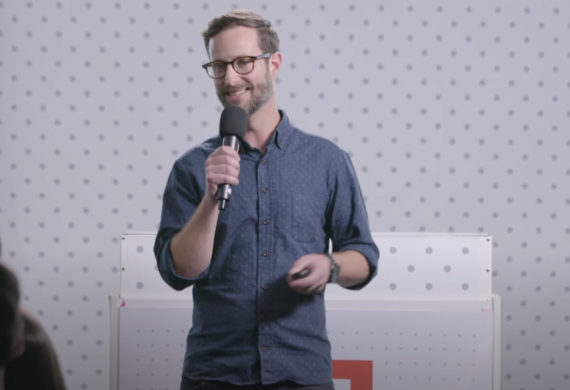

There are a huge range of tools available for editing podcasts, but if there are people on your team who are familiar with a particular editing software, that’s an excellent place to start.
Adobe podcast maker full#
Once you’re ready to get serious and launch a podcast series, an investment of $150-$650 (£100-£500) will set your team up with respectable microphones, and a mixing desk if necessary.Īlternatively, there are a growing number of studios that can be hired from $100 – $350 (£60-£250) an hour, with many offering everything from basic setup and recording to a full edit as part of a package.
Adobe podcast maker for free#
The investment is better spent on high-quality mobile equipment.Ĭosts are difficult to estimate as they’ll vary depending on what format the podcast is in, the number of people speaking, and more importantly, the room used for recording.Ī pilot podcast can be tested for free or with cheap microphones. If your podcast is going to be based around interviews, there’s no point spending vast sums decking out a studio in the office, especially if your staff are going to be out interviewing people.
Adobe podcast maker portable#
Image via AmazonĪn important point to factor in is just how portable the recording equipment needs to be. Mixing desks range in complexity and price, from £40 to £500 depending on requirements. Mixing desks are generally used to give more control during recording, meaning that less post-production work is needed, although these will also require a level of staff training to be able to use effectively. These help balance the sound coming in from individual microphones, so if someone talks more quietly than someone else, their individual volume can be raised, or muted if necessary. However, if you want to take things to the next level, mixing desks are a solid investment. Similarly, there are good quality dual lapel mics that plug into mobile phones as a viable option of recording interviews if out and about, which can be bought online for minimal investment.Īn example of a dual lapel microphone, ideal for on-the-go interviews with minimal investment Keep an eye out for directional microphones – mics that only pick up sound from a specific point in front of someone’s mouth – to keep background noise to a minimum. There are good USB microphones available on the market even at the cheaper end that will capture voices clearly if plugged into a laptop. To get a more polished finish requires very little financial investment. Recording equipmentĪt a very basic level, most laptops and even mobile phones now have excellent microphones, and as long as there’s a quiet room available, technically no investment is needed to get a pilot or proof-of-concept podcast. But if resources are limited, there are some essentials that you need to get episode one up and running. If you have the budget for a full production studio and team, then all well and good. In this extract from our Publisher’s Guide to Podcasting report, we consider which resources are needed for publishers to get a podcast off the ground.Īlthough podcasting is one of the cheaper options available for publishers when it comes to brand extensions, there are still factors to think about when it comes to recording equipment and the staff time needed to put a regular podcast together.


 0 kommentar(er)
0 kommentar(er)
